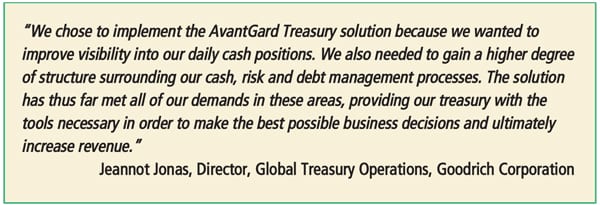by Andrew Woods, Group Vice President, SunGard
There are a variety of reasons why companies decide to centralize their treasury operations, which would typically include cash management, financing, investment and foreign exchange, including both routine activities and strategic management. The factors which bring the most significant benefit, and therefore the most compelling value proposition, will depend on the nature of the business, but some important factors typically include some of the following.
Identification of cash and risk
One of the key challenges of maintaining a decentralized approach to treasury is the difficulty in producing an overall view of the company’s cash position and exposure to risk on a timely basis. For example, different parts of the business involved in treasury will frequently have different systems and different ways of recording and reporting information. This can mean that it can take a long time to construct a global cash or risk position when combining information from different sources. Consequently, this information is often only produced monthly or even less frequently. It is impossible to make strategic decisions without access to timely, accurate information which is particularly significant during periods of economic volatility.

Access to financing and liquidity
Once a global view of the company’s position has been obtained, treasury can act on this information to optimize liquidity across the group. With credit becoming expensive and less readily available, companies need to find ways of accessing capital rather than relying on external borrowing. By centralizing treasury, and establishing an in-house bank to support local business unit requirements, companies can leverage group positions more effectively: for example, cash surpluses in one part of the business can be used to finance deficits in another.
Reducing the need to borrow externally by seeking out cash within the company is an important benefit of centralizing treasury, but where financing still needs to be obtained, it is likely to be more cost-effective and less problematic to seek funds at group level rather than business units borrowing locally, often with a lower credit rating and higher rate of borrowing. Furthermore, with tighter credit conditions, the least attractive lending from a bank’s perspective is an unsecured loan. By centralizing treasury activities, there is a greater opportunity to seek alternative funding methods such as asset-based finance and receivables securitization.
Sign up for free to read the full article
Register Login with LinkedInAlready have an account?
Login
Download our Free Treasury App for mobile and tablet to read articles – no log in required.
Download Version Download Version





























